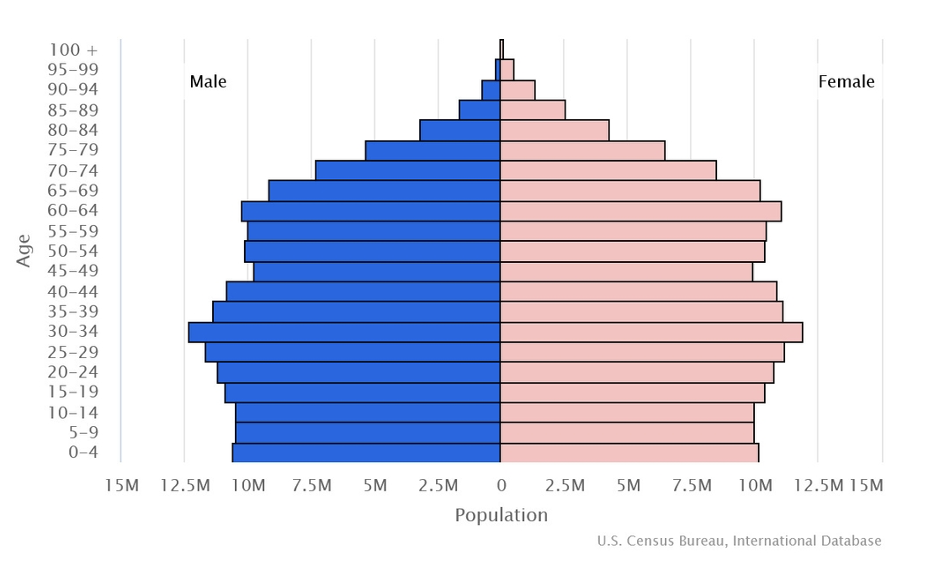Introduction
In an increasingly complex and interconnected world, security and surveillance are key challenges for cities, companies and public institutions. Traditional security models are reaching their limits, especially in the face of increasing threats from crime, terrorism and unpredictable crisis scenarios. Modern technologies such as artificial intelligence (AI), autonomous surveillance systems and networked sensor technology offer new opportunities to protect urban spaces efficiently and precisely.
The evolution of surveillance technology
The surveillance of urban spaces has evolved over decades:
- Analog video surveillance: Passive recording without real-time analysis.
- Digital camera systems: Improved image quality and storage options.
- Intelligent monitoring with AI: real-time analysis, pattern recognition and anomaly detection.
- Autonomous surveillance systems: combination of drones, robots and networked AI cameras for proactive security checks.
While conventional systems rely on human verification, autonomous systems enable an automated response to threats – with minimal human intervention.
How autonomous surveillance works
Modern autonomous monitoring systems are based on a combination of:
- Artificial intelligence (AI): Analysis of video data to identify hazards.
- Sensor fusion: Combination of optical, thermal and acoustic sensors for precise threat detection.
- Autonomous robots & drones: patrolling critical infrastructure and urban spaces.
- Networked surveillance networks: Integration of cameras, access control systems and security control centers for immediate alerting.
These technologies enable proactive threat prevention by identifying suspicious activities at an early stage and initiating preventive measures.
Areas of application for autonomous monitoring
Autonomous safety systems are already being tested in various areas:
Military applications: Autonomous drones for border surveillance and threat analysis.
Smart cities: intelligent camera and sensor networks for the early detection of security risks.
Critical infrastructure: protection of airports, railroad stations, government buildings and energy plants.
Industry & Logistics: Automated security checks in sensitive production facilities.
Major events: Preventive surveillance of crowds to avoid panic or attacks.
Advantages & challenges
Advantages:
✔ 24/7 operation – No human fatigue or monitoring errors.
✔Real-time response – autonomous systems can report threats immediately and initiate countermeasures.
✔ Cost efficiency – reducing personnel costs while increasing effectiveness.
✔ Scalability – easy integration into existing urban infrastructure.
Challenges:
⚠ Data protection & ethics: Autonomous systems must comply with data protection guidelines and ethical standards.
⚠ False alarms & susceptibility to errors: The AI must be precisely trained to minimize false alarms.
⚠ Cybersecurity risks: Networked surveillance systems must be protected against hacker attacks.
⚠ Acceptance among the population: Transparent communication about the benefits and protection mechanisms is essential.
Future outlook
The combination of artificial intelligence, machine learning and autonomous robotics will significantly change the urban security landscape. This can be expected in the coming years:
- Enhanced AI capabilities for even more accurate threat detection.
- Better integration with police and emergency services for faster response times.
- Autonomous drone fleets for flexible security surveillance.
- More data protection concepts to increase social acceptance.
Conclusion
Autonomous monitoring systems are on the threshold of widespread implementation. They offer a more effective, more precise and more resource-efficient security solution for urban areas. However, the key to success will be the balance between safety, ethics and technical innovation. Cities, companies and governments are now faced with the challenge of responsibly integrating and further developing these future technologies.



